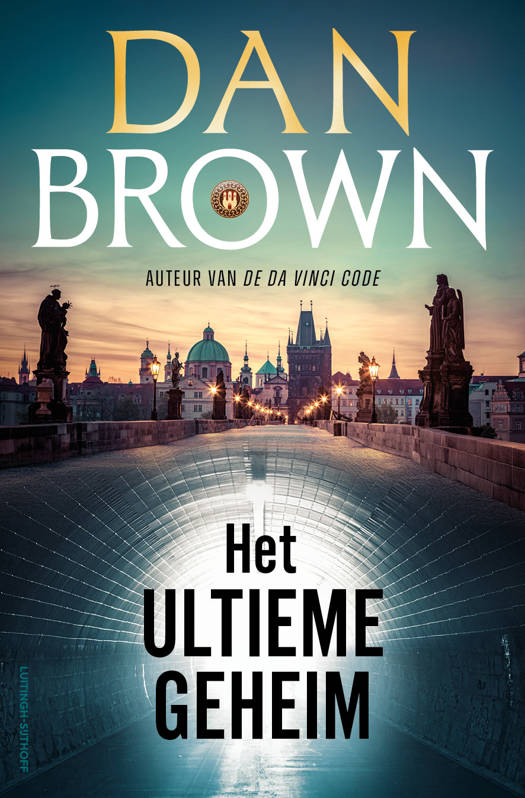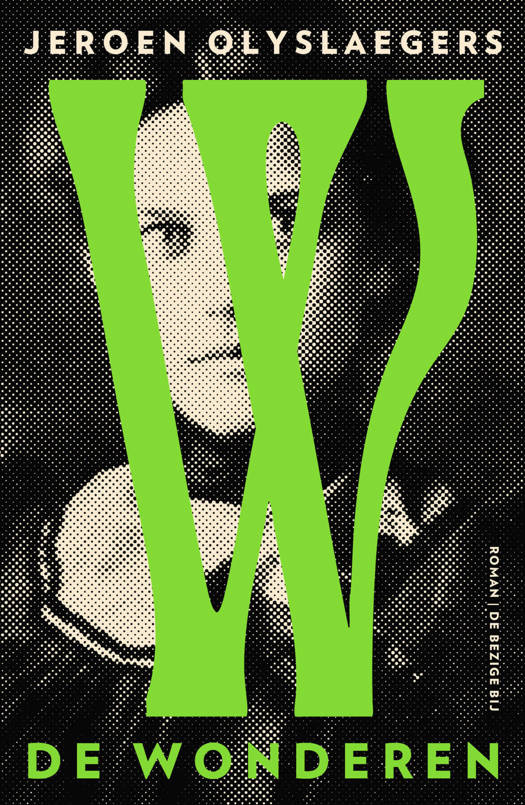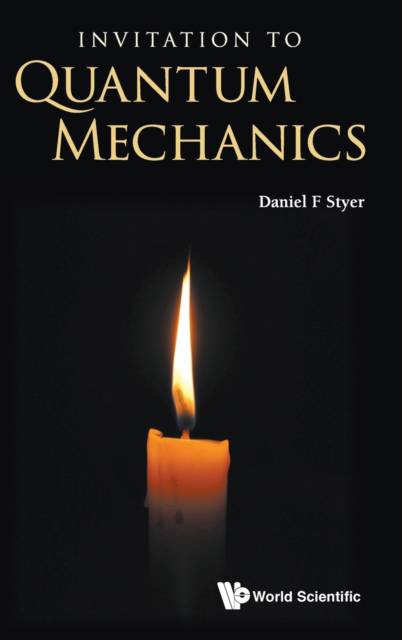
- Afhalen na 1 uur in een winkel met voorraad
- Gratis thuislevering in België vanaf € 30
- Ruim aanbod met 7 miljoen producten
- Afhalen na 1 uur in een winkel met voorraad
- Gratis thuislevering in België vanaf € 30
- Ruim aanbod met 7 miljoen producten
Zoeken
Omschrijving
How do atoms and electrons behave? Are they just like marbles, basketballs, suns, and planets, but smaller?They are not. Atoms and electrons behave in a fashion quite unlike the familiar marbles, basketballs, suns, and planets. This sophomore-level textbook delves into the counterintuitive, intricate, but ultimately fascinating world of quantum mechanics. Building both physical insight and mathematical technique, it opens up a new world to the discerning reader.After discussing experimental demonstrations showing that atoms behave differently from marbles, the book builds up the phenomena of the quantum world -- quantization, interference, and entanglement -- in the simplest possible system, the qubit. Once the phenomena are introduced, it builds mathematical machinery for describing them. It goes on to generalize those concepts and that machinery to more intricate systems. Special attention is paid to identical particles, the source of considerable student confusion. In the last chapter, students get a taste of what is not treated in the book and are invited to continue exploring quantum mechanics. Problems in the book test both conceptual and technical knowledge, and invite students to develop their own questions.
Specificaties
Betrokkenen
- Auteur(s):
- Uitgeverij:
Inhoud
- Aantal bladzijden:
- 300
- Taal:
- Engels
Eigenschappen
- Productcode (EAN):
- 9789811247903
- Verschijningsdatum:
- 12/04/2022
- Uitvoering:
- Hardcover
- Formaat:
- Genaaid
- Afmetingen:
- 152 mm x 229 mm
- Gewicht:
- 566 g

Alleen bij Standaard Boekhandel
+ 299 punten op je klantenkaart van Standaard Boekhandel
Beoordelingen
We publiceren alleen reviews die voldoen aan de voorwaarden voor reviews. Bekijk onze voorwaarden voor reviews.








